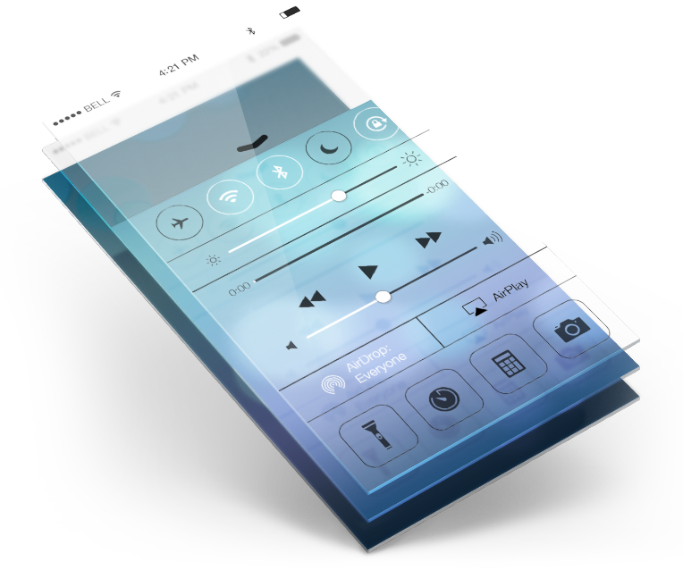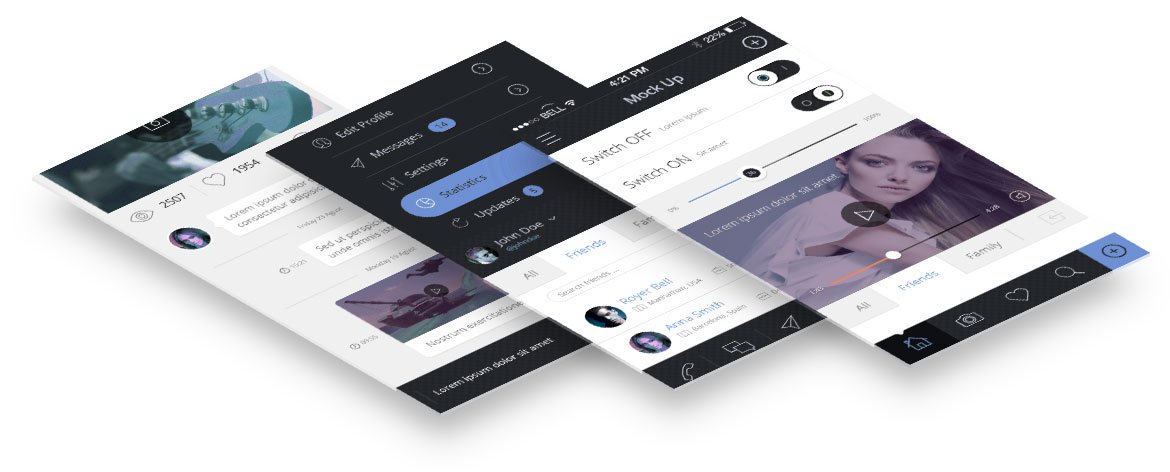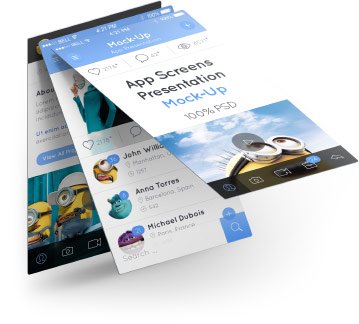Project Description
The World Should Be This Responsive
An effective app development process flow spans over six key phases. Regardless of the size and scope of your project, following this development process will make your enterprise mobile app development initiative a success.
App development is an ongoing process and will continue after the initial launch as you receive user feedback and build additional functionality. World eTech has been a leading mobile app development company in the USA. Over the years, we have provided mobile app development service to the companies across finance, healthcare, construction, retail, consumer products, logistics, industrial engineering, and entertainment. We follow this same process for all of the mobile apps that we create. Following this enterprise mobile app development process will ensure a successful launch of your app as well.

Mobile Design Mockups A
Mockups, or high-fidelity designs, are the final renderings of your app’s visual design. Mockups are created by applying your style guide on to the app wireframes. As your app’s design begins to finalize, expect further modifications to its information architecture, workflow, and aesthetics. Adobe Photoshop is the most popular tool for creating high-fidelity mockups.
Prototype
While mockups display your mobile app’s functionality using static designs, these can turn into click-thru prototypes with tools like Invision and Figma. Prototypes are highly useful for simulating the user experience and the app’s workflows expected from the finished product. While prototype development can be time-consuming, the efforts are well worth it, as they offer early-stage testing of your app’s design and functionality. Often, prototypes help identify modifications to the app’s proposed functionality.
App Development
Planning remains an integral part of this phase in the mobile app development process. Before actual development/programming efforts start, you will have to:
– define the technical architecture,
– pick a technology stack, and
– define the development milestones.
A typical mobile app project is made up of three integral parts: back-end/server technology, API(s) and the mobile app front-end.
Back-End/Server Technology
This part includes database and server-side objects necessary for supporting functions of your mobile app. If you are using an existing back-end platform, then modifications may be needed for supporting the desired mobile functionality. API – An Application Programming Interface (API) is a method of communication between the app and a back-end server/database.
Design Should Be User Friendly

And It Should Be …
Simply Beautiful
Mobile App Front-End
The front-end is the native mobile app an end-user will use. In most cases, mobile apps consist of interactive user experiences that use an API and a back-end for managing data. In some cases, when an app needs to allow users to work without internet access, the app may utilize local data storage. You can utilize almost any web programming language and databases for the back-end. For native mobile apps, you have to choose a technology stack required by each mobile OS platform. iOS apps can be developed using Objective-C or Swift programming language. Android apps are primarily built using Java or Kotlin. There is more than one programming language and technology stack for building mobile apps —the key is picking a technology stack that is best suited for your mobile app.

Performance Testing
Performing thorough quality assurance (QA) testing during the mobile app development process makes applications stable, usable, and secure. To ensure comprehensive QA testing of your app, you first need to prepare test cases that address all aspects of app testing. Similar to how use cases drive the process of mobile app development, test cases drive mobile app testing. Test cases are for performing test steps, recording testing results for software quality evaluation, and tracking fixes for retesting. A best practice approach is involving your QA team in the Analysis and Design stages. The familiarity with your app’s functional requirements and objectives will help produce accurate test cases.





